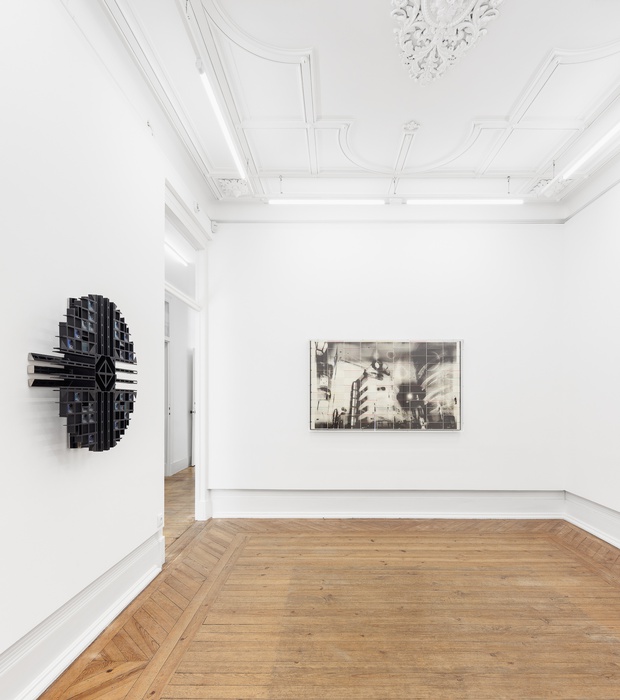
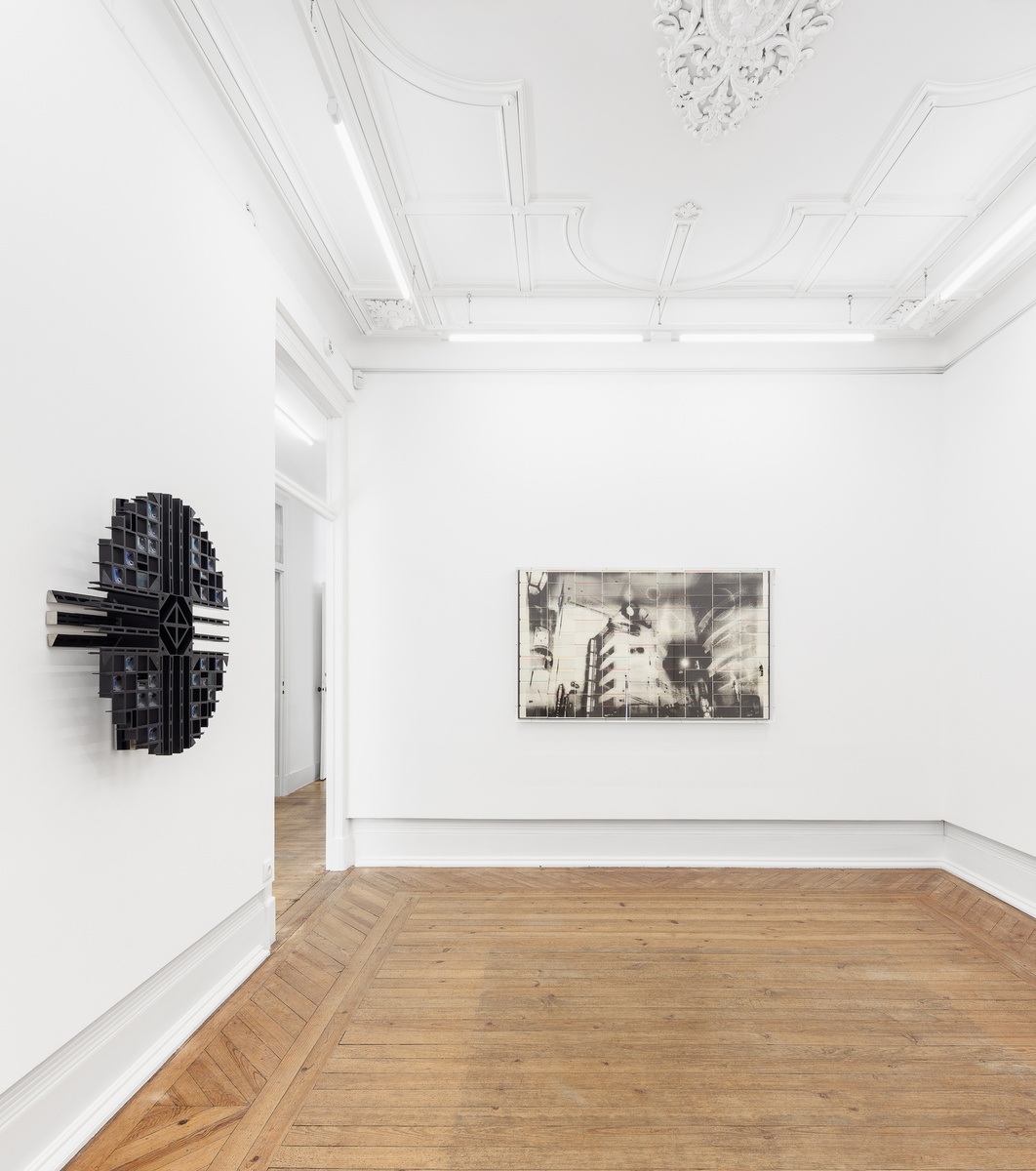
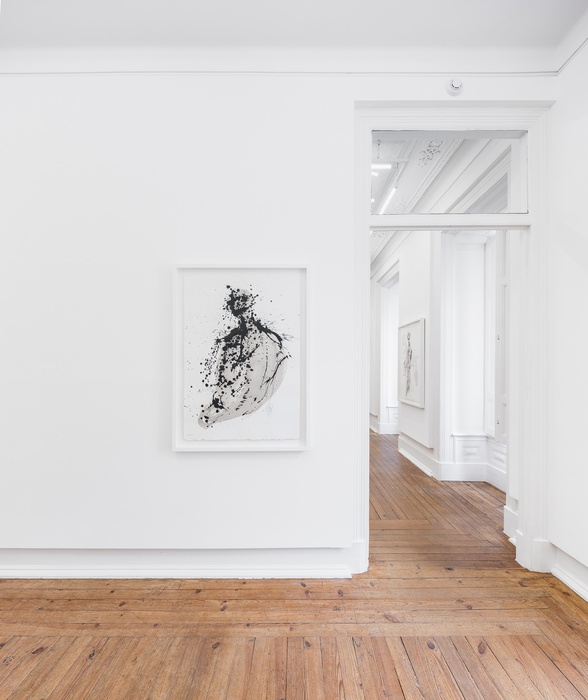
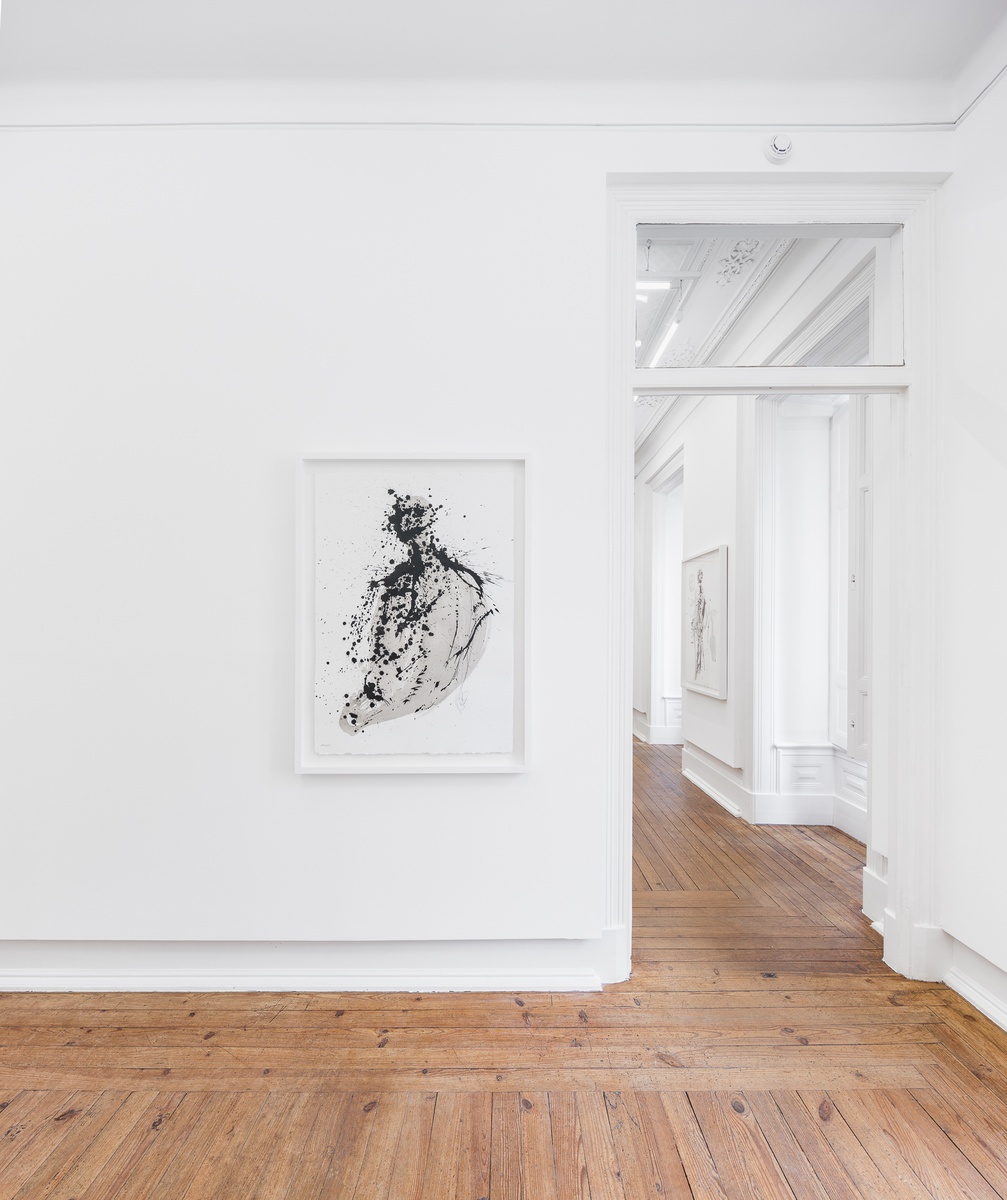
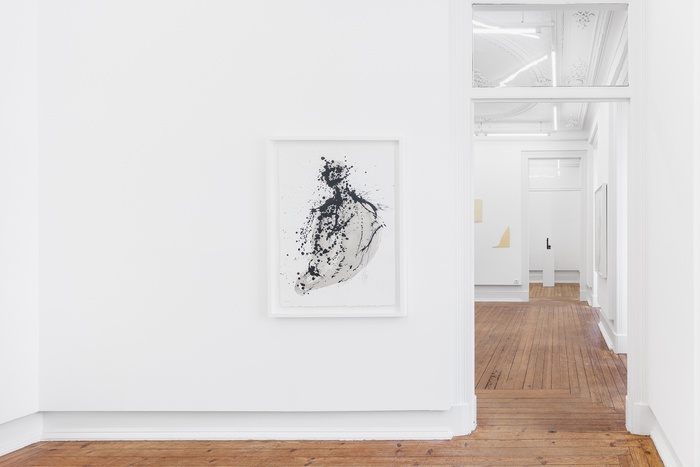
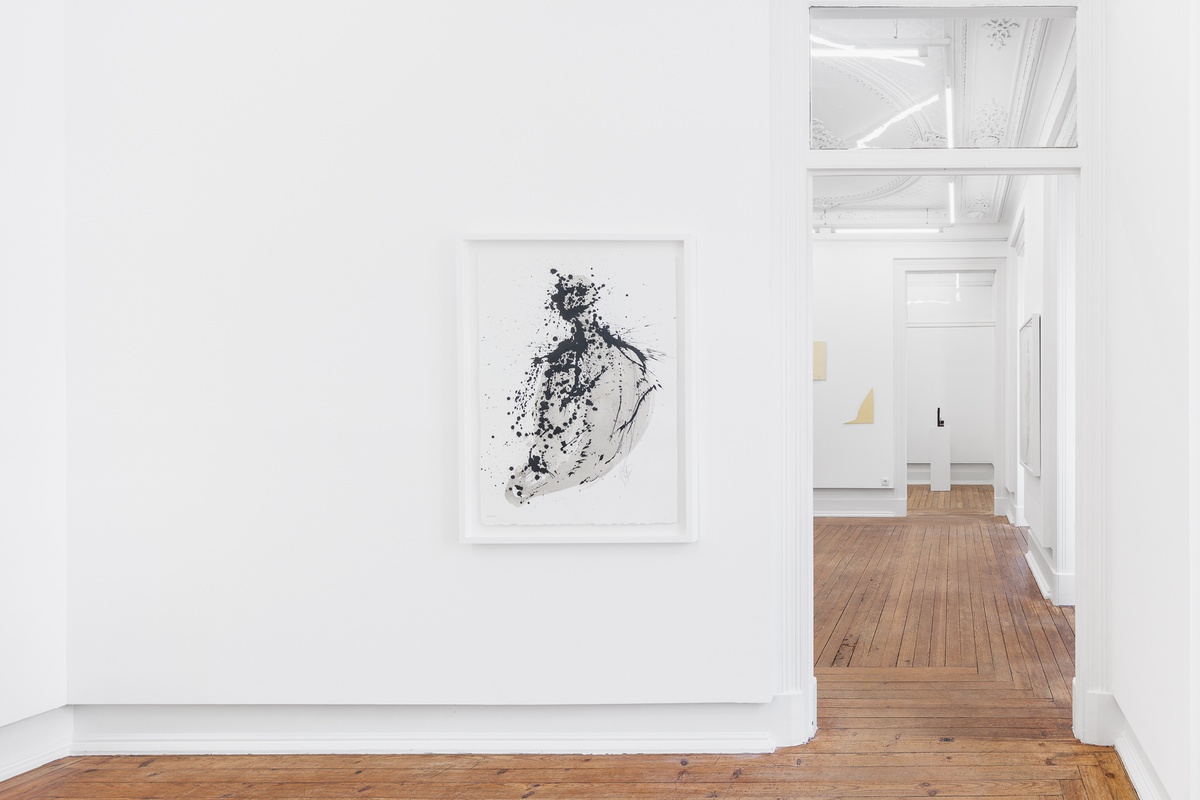
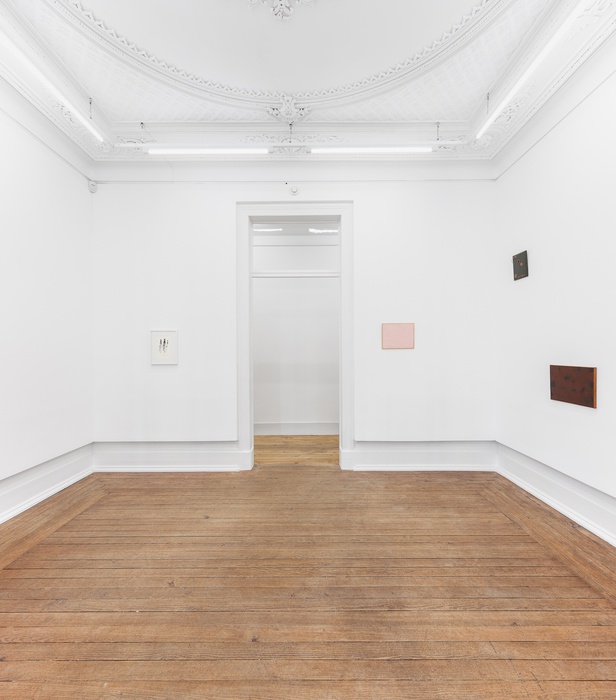
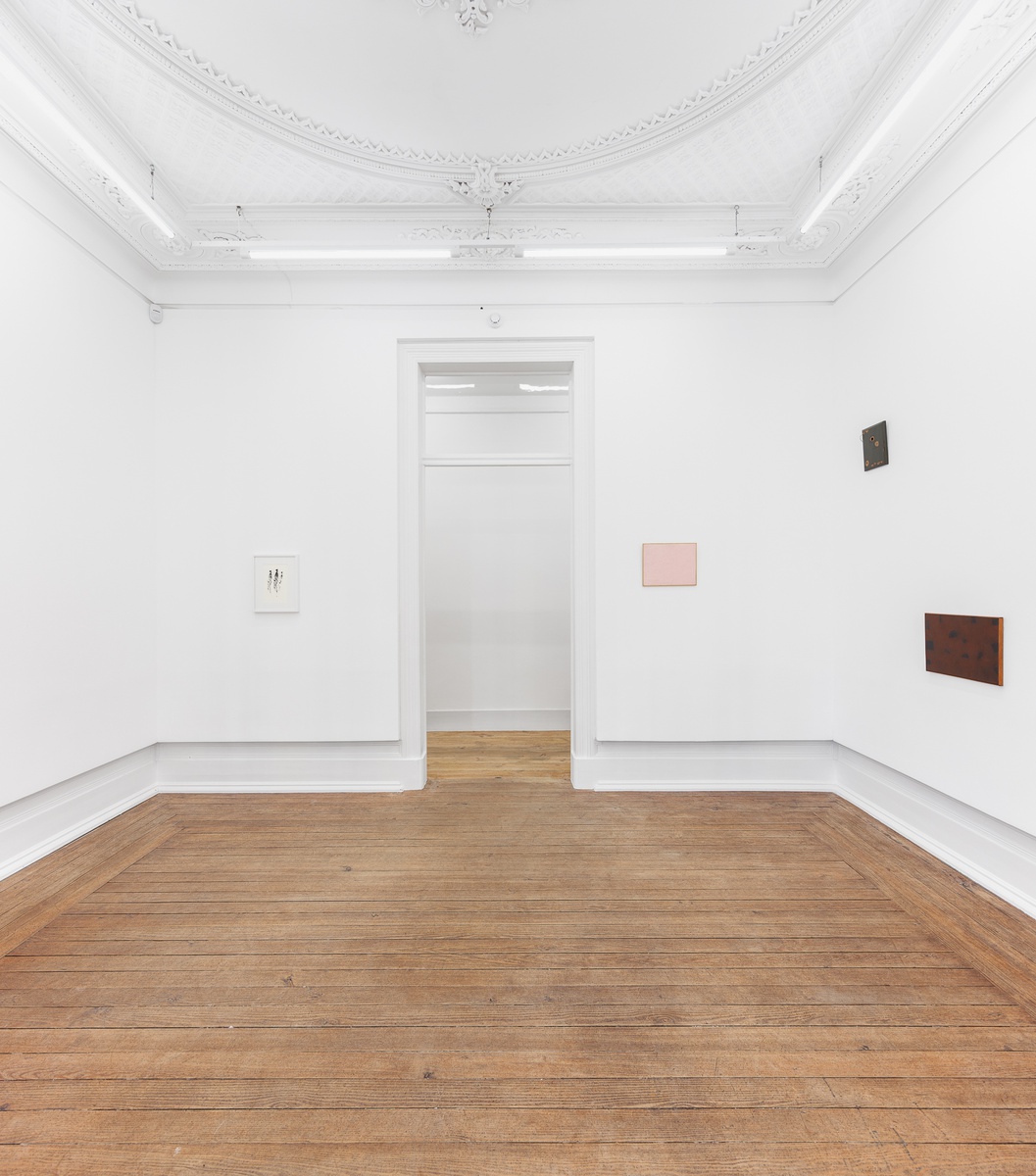
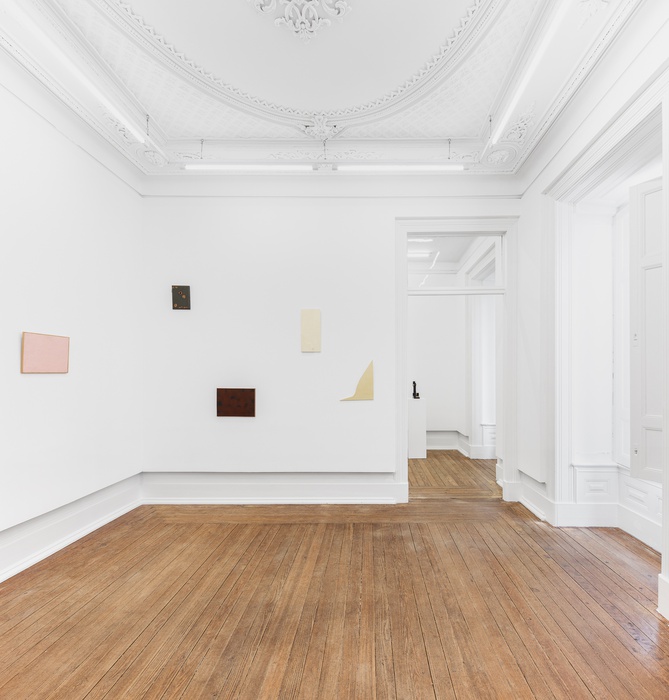
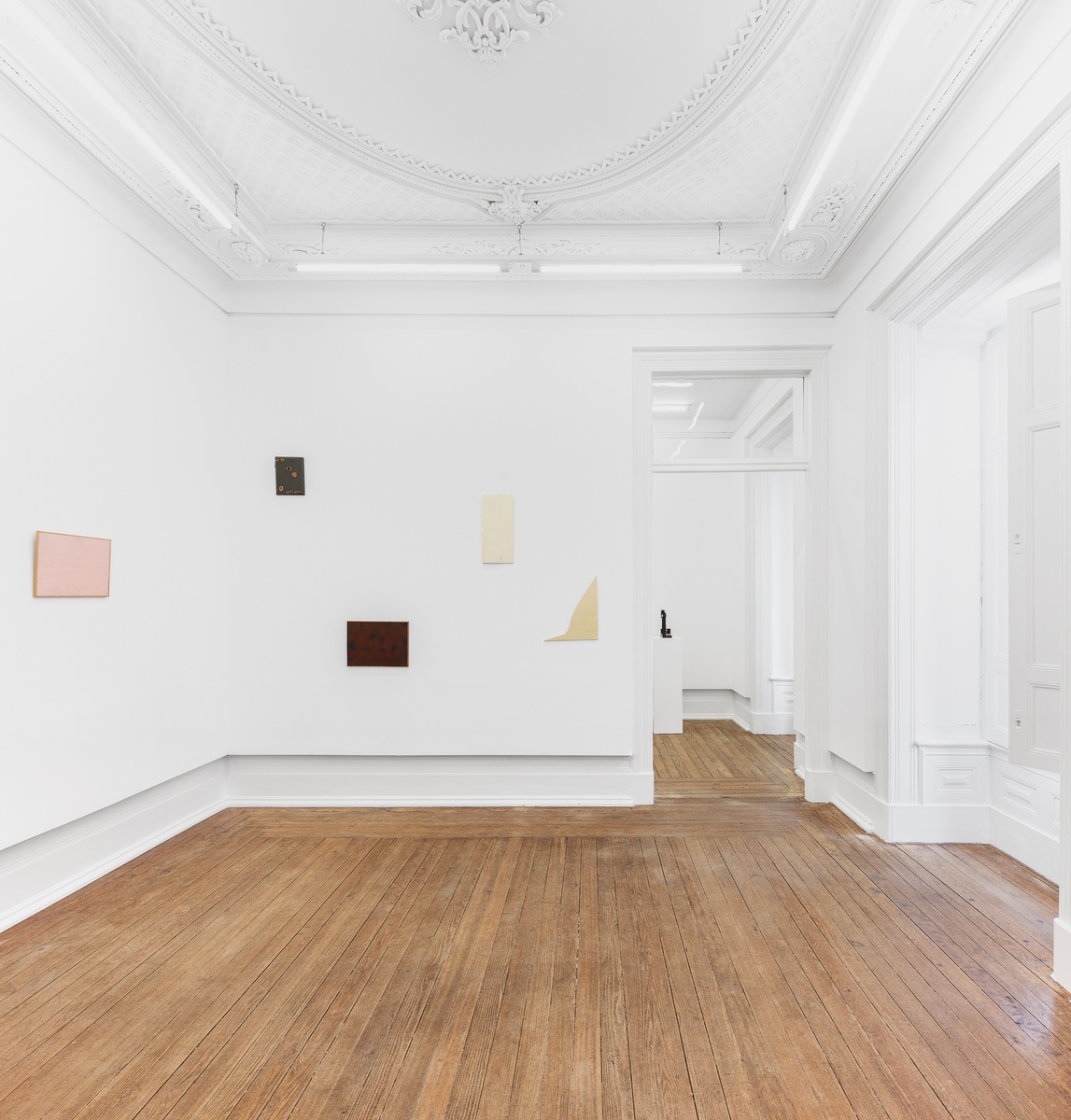
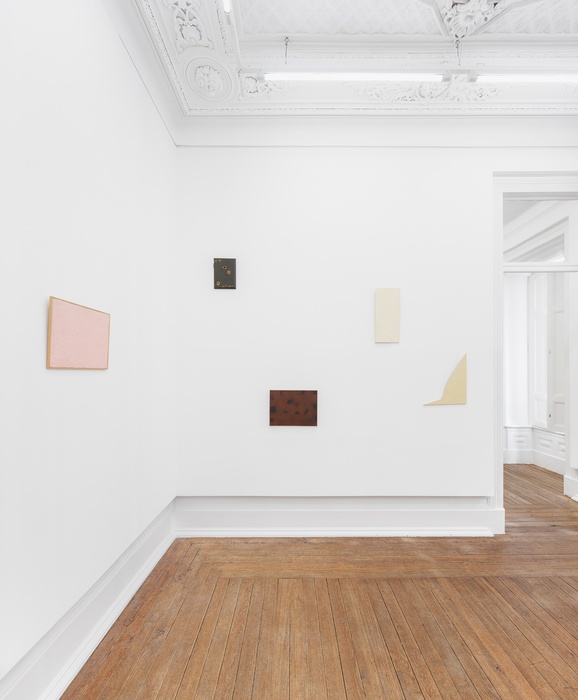
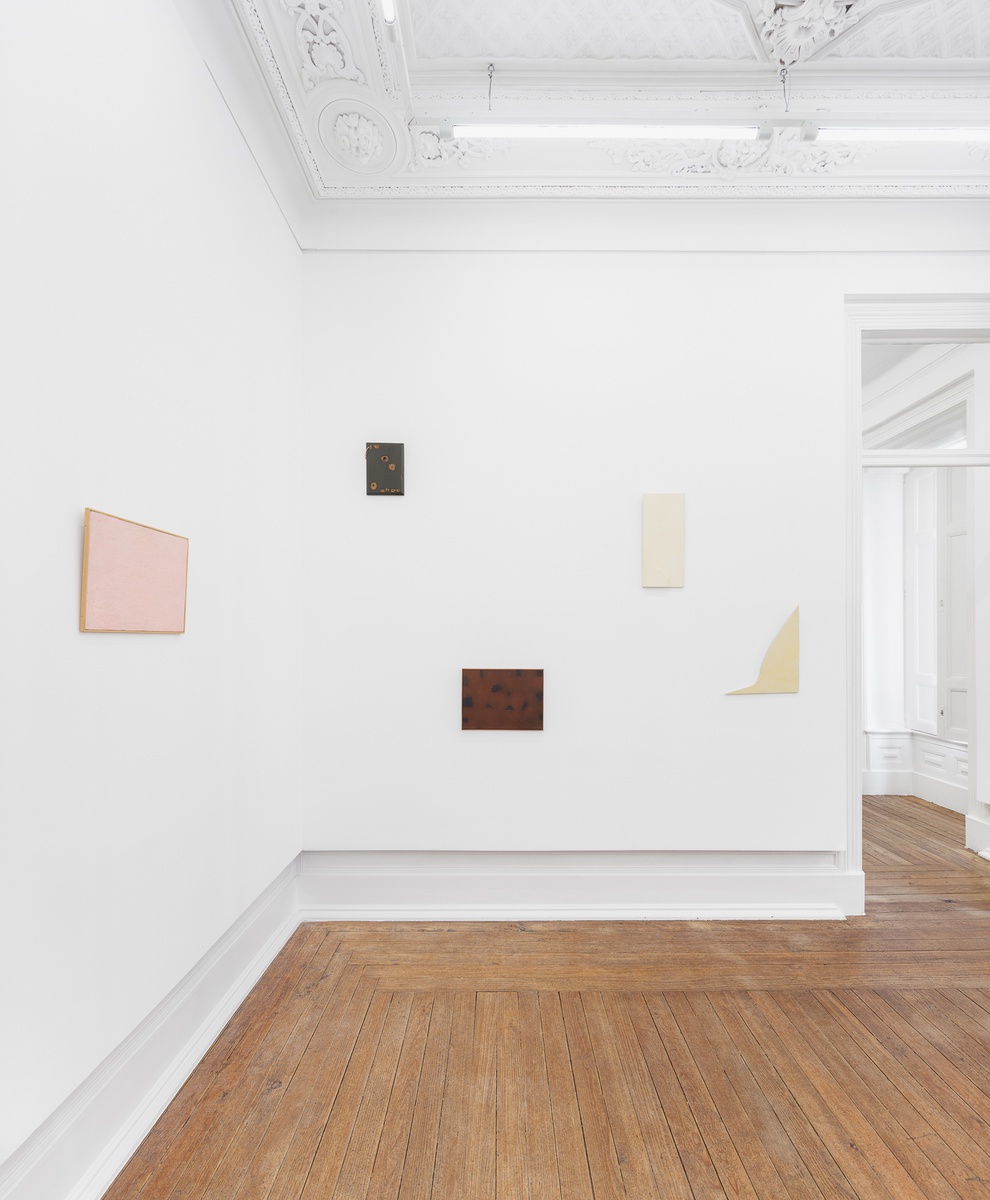
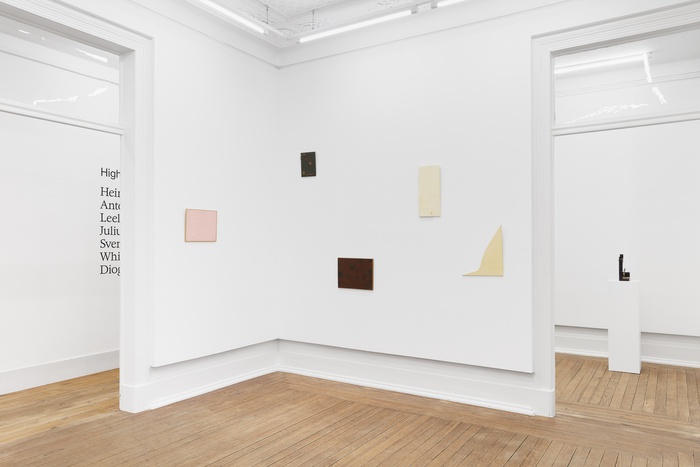
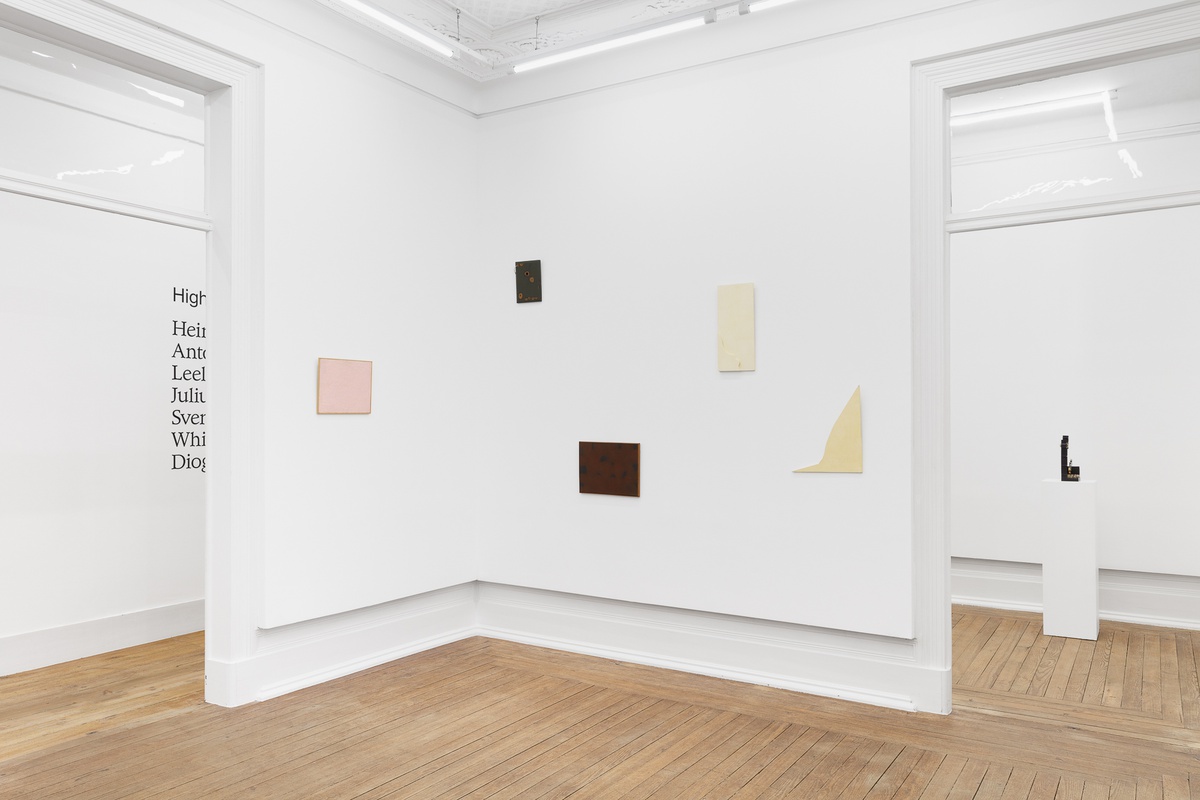
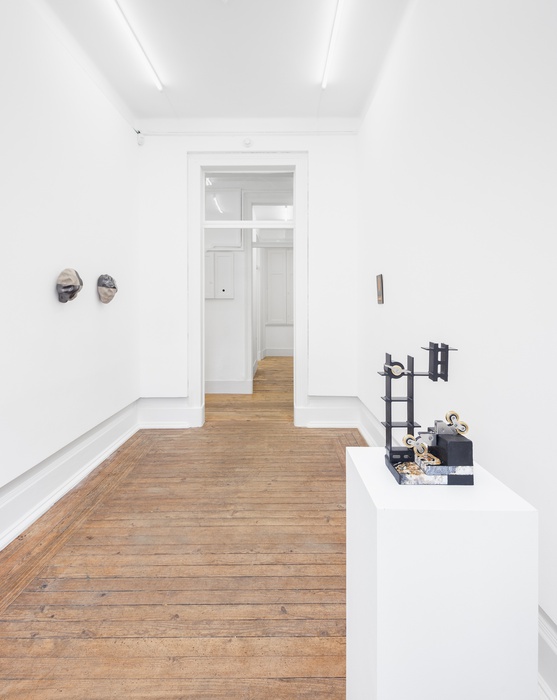
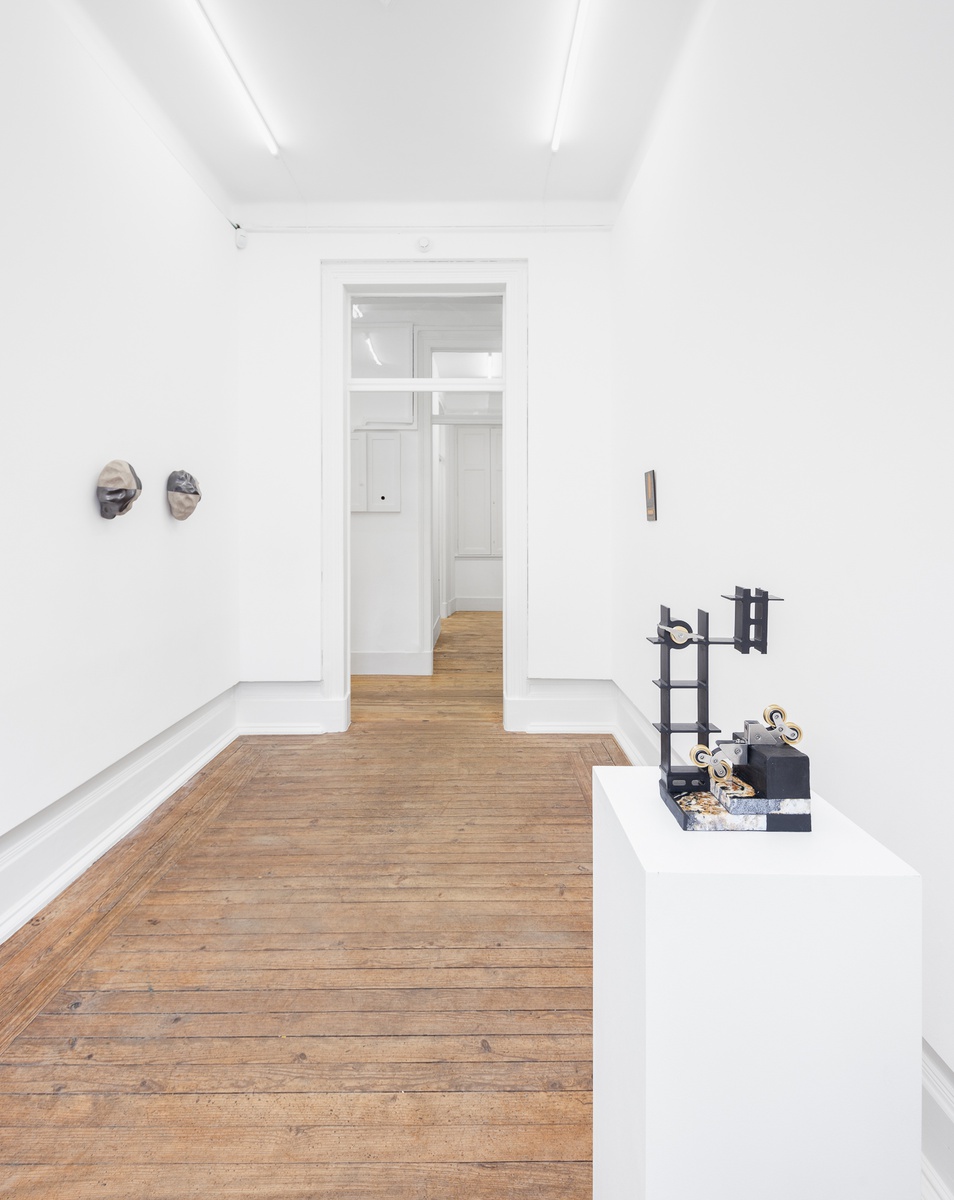
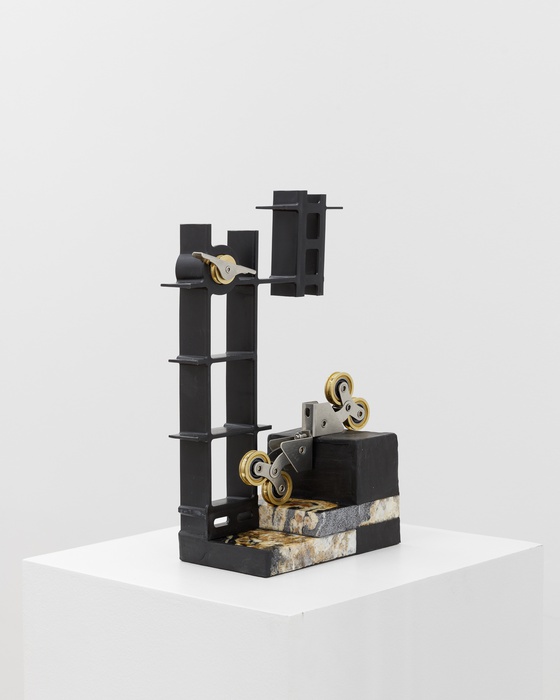
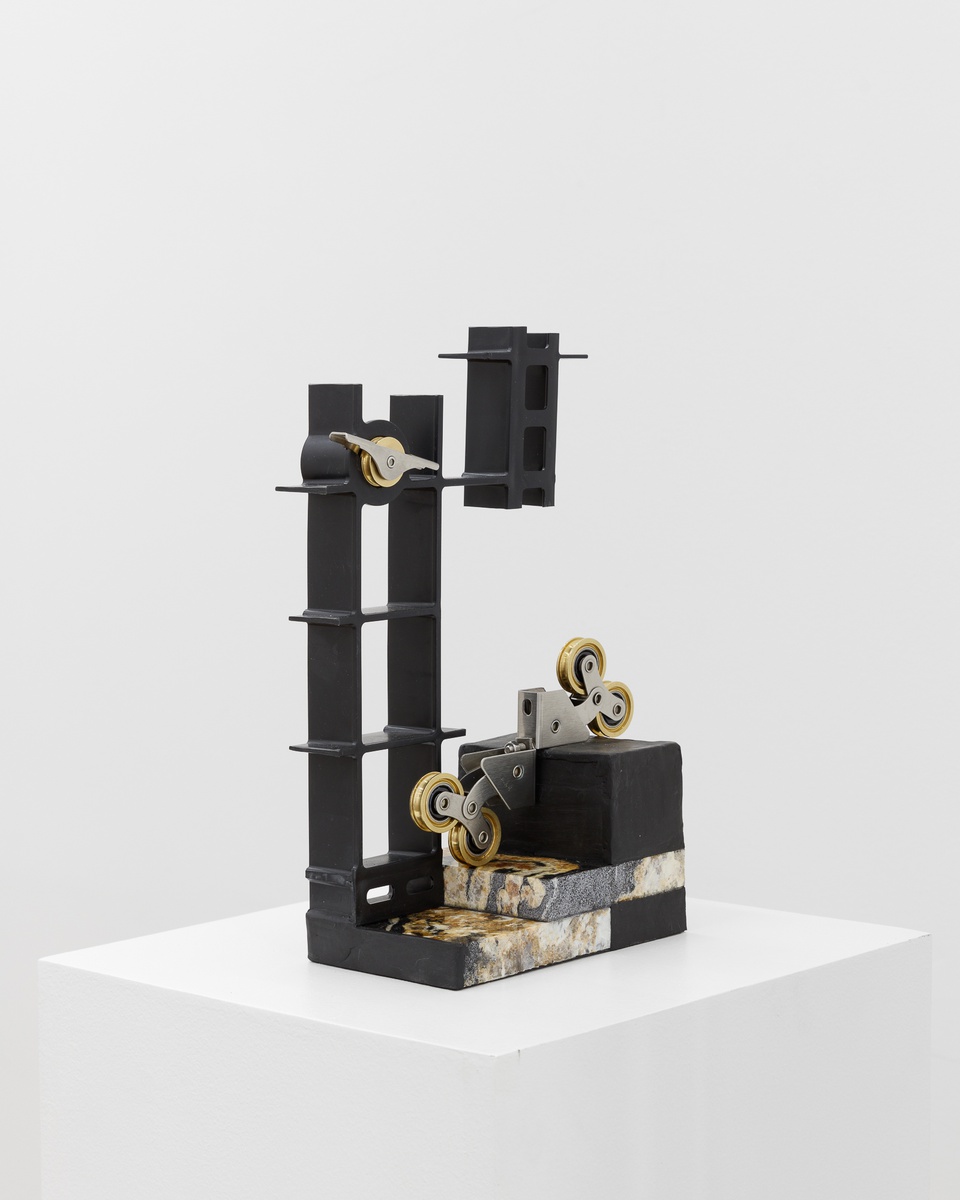
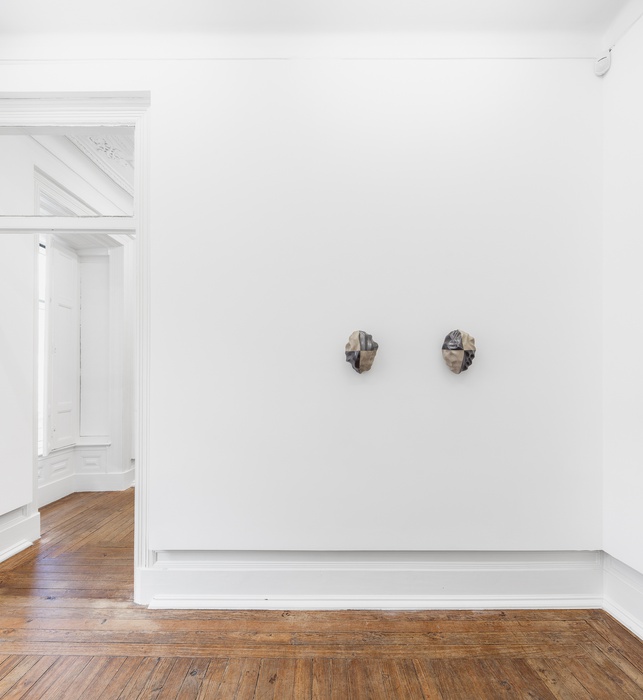
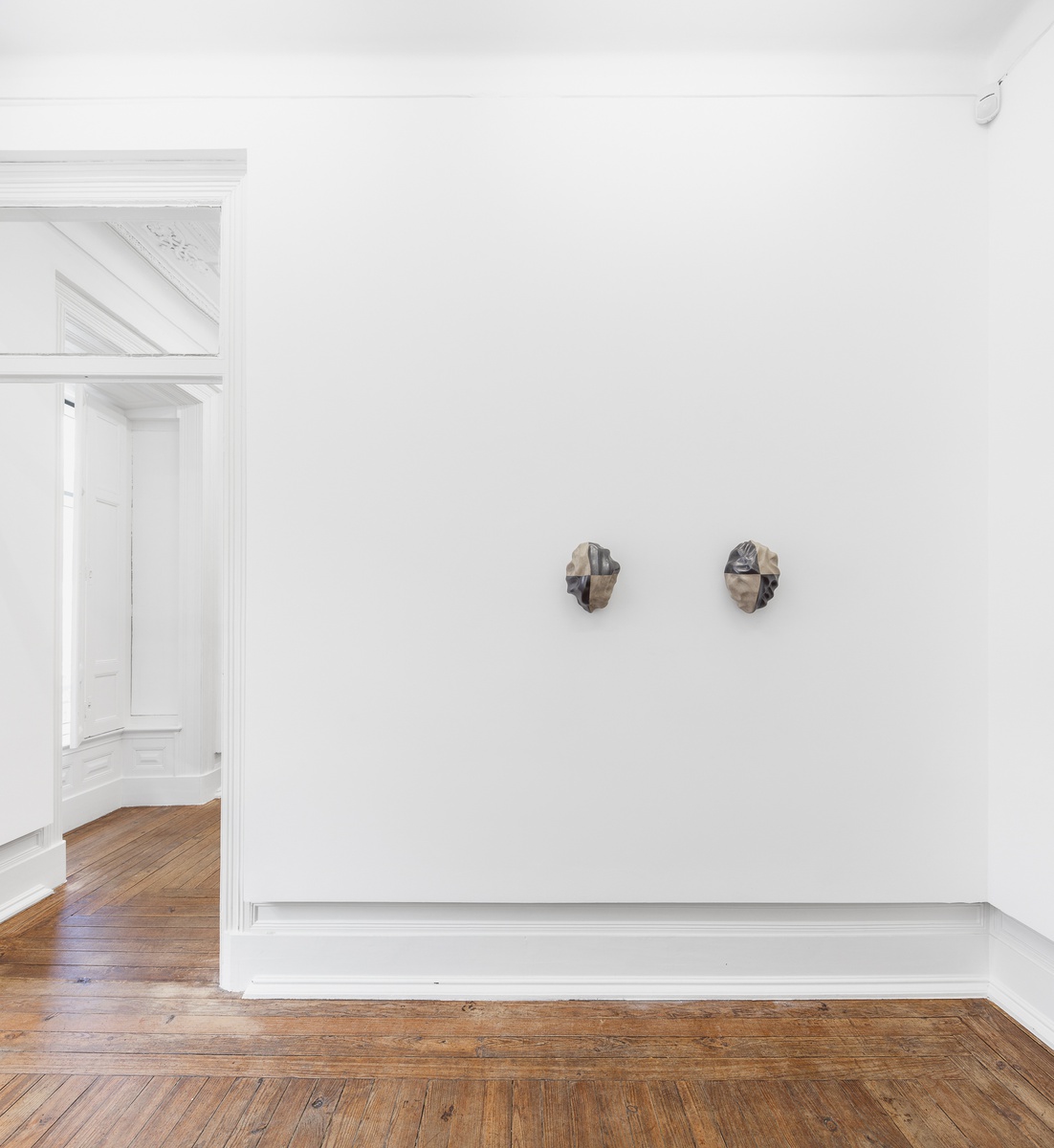
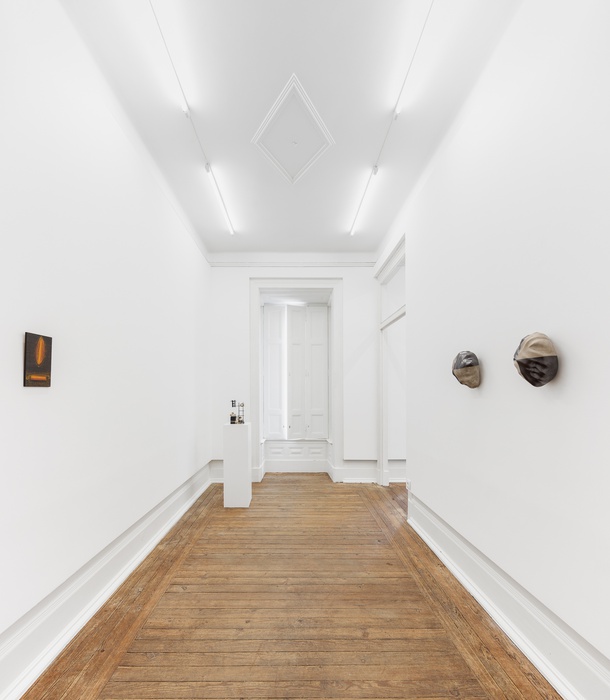
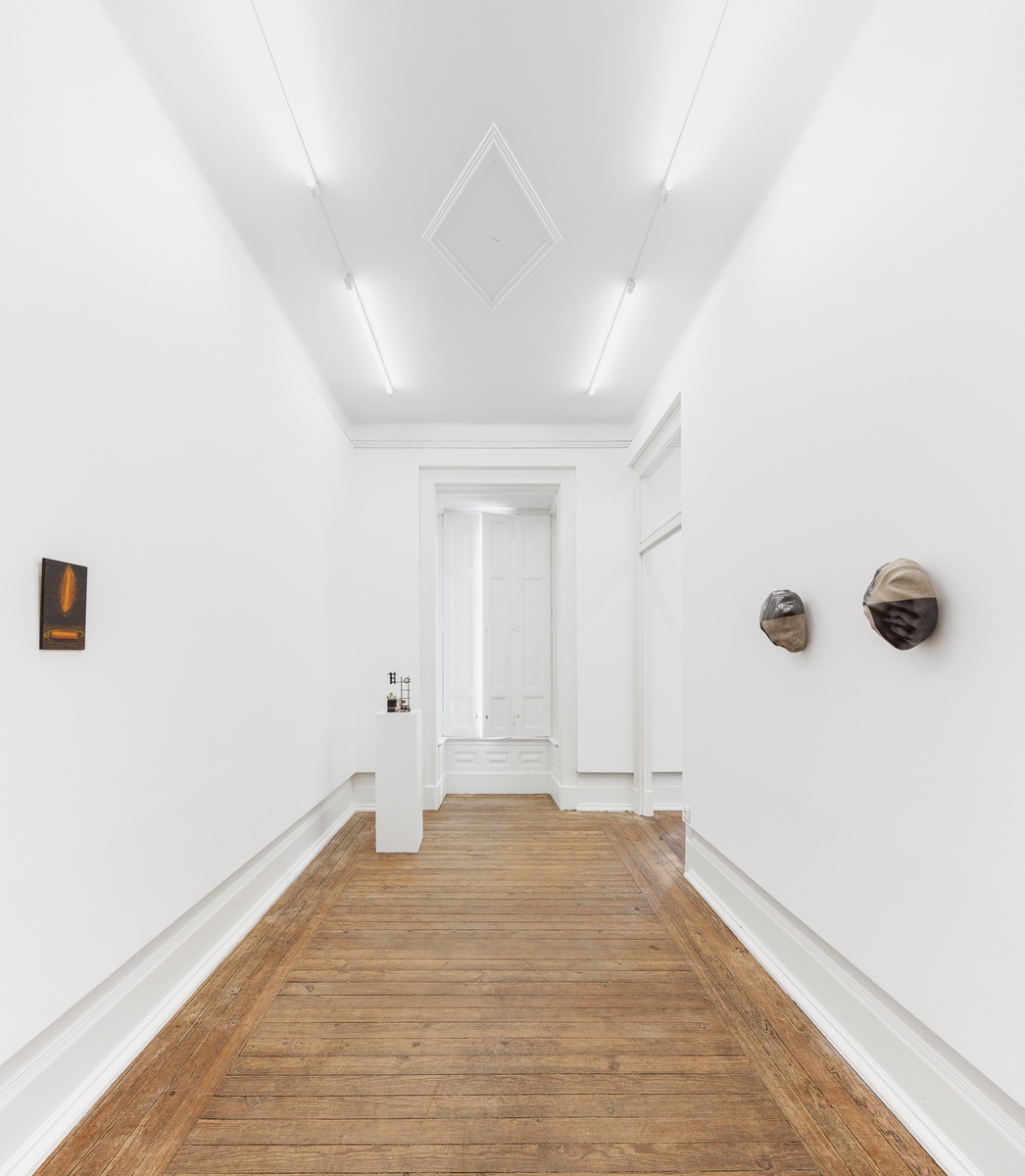
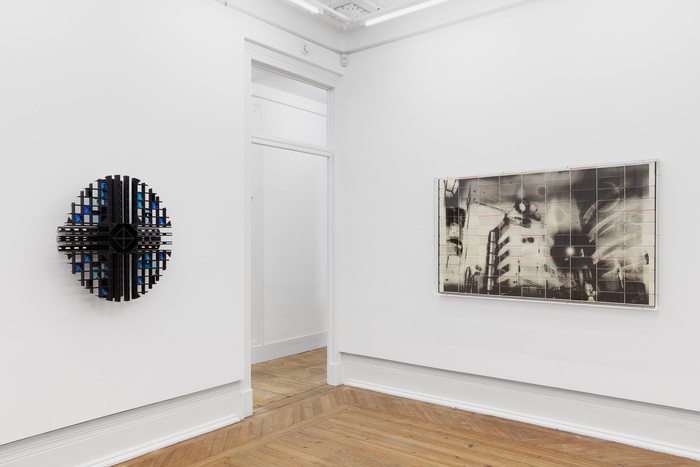
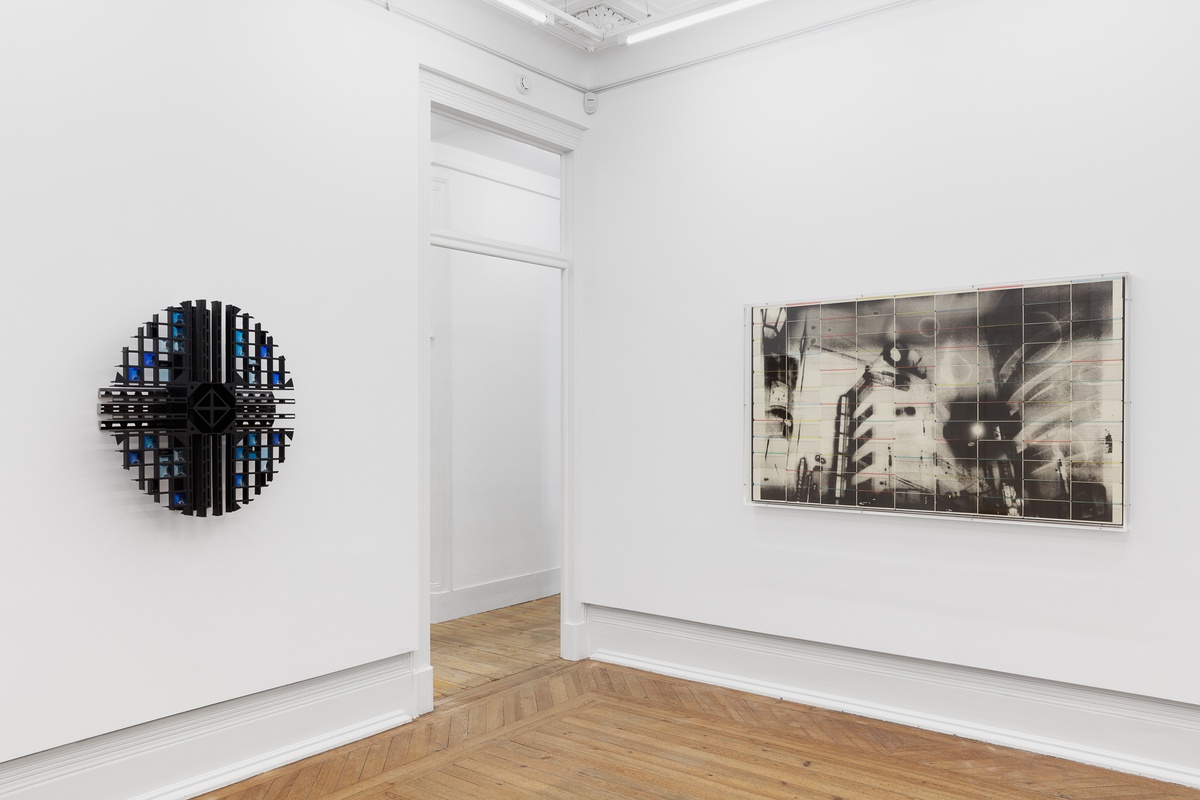
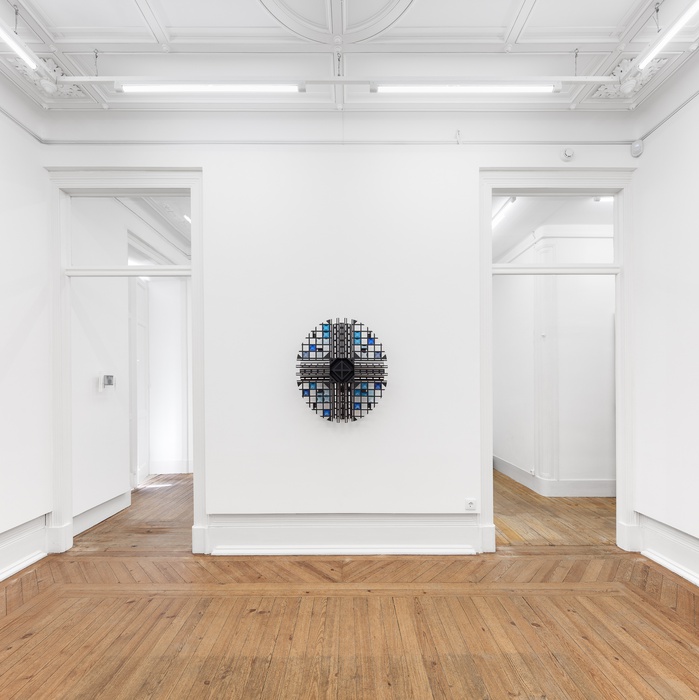
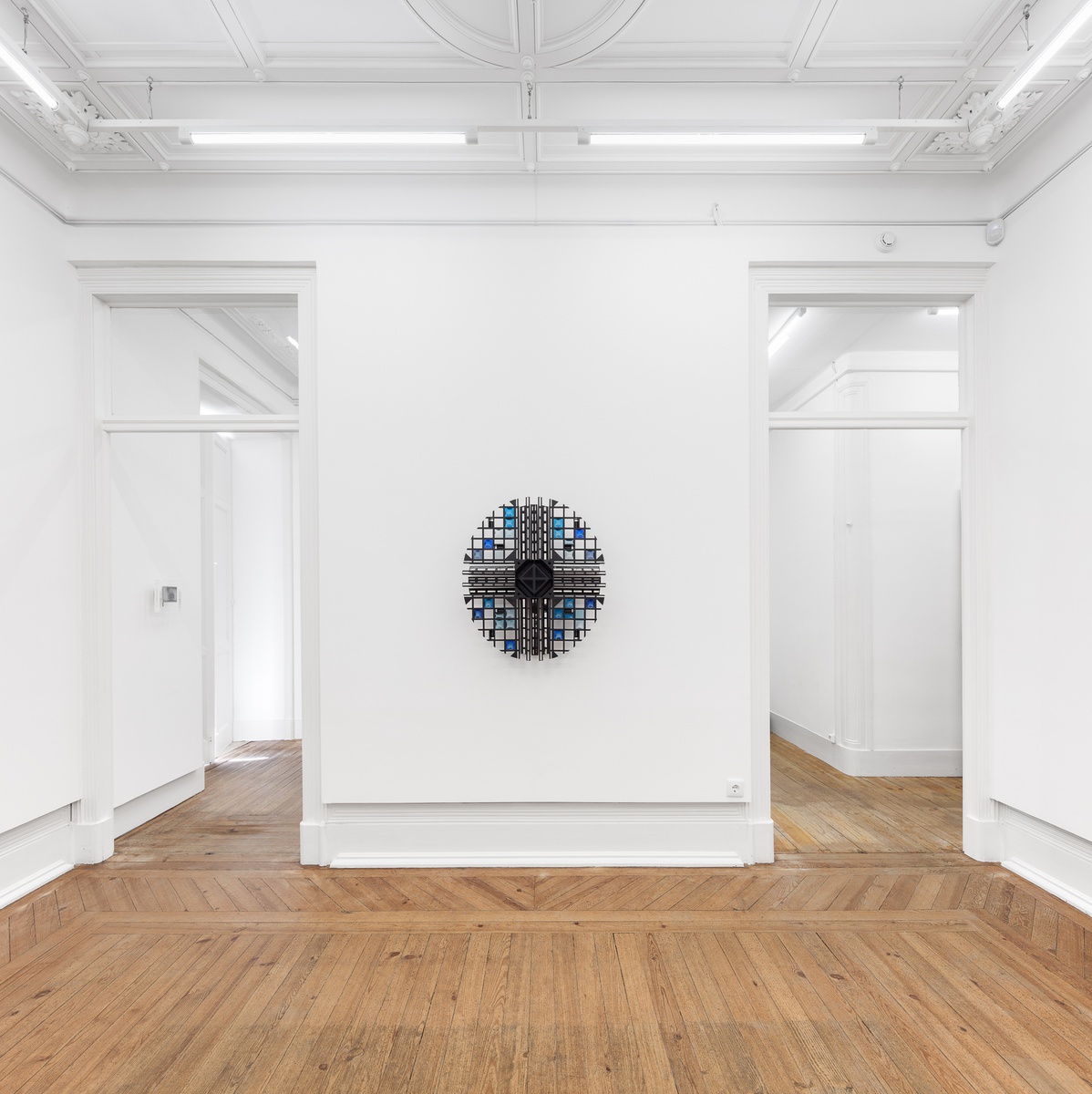
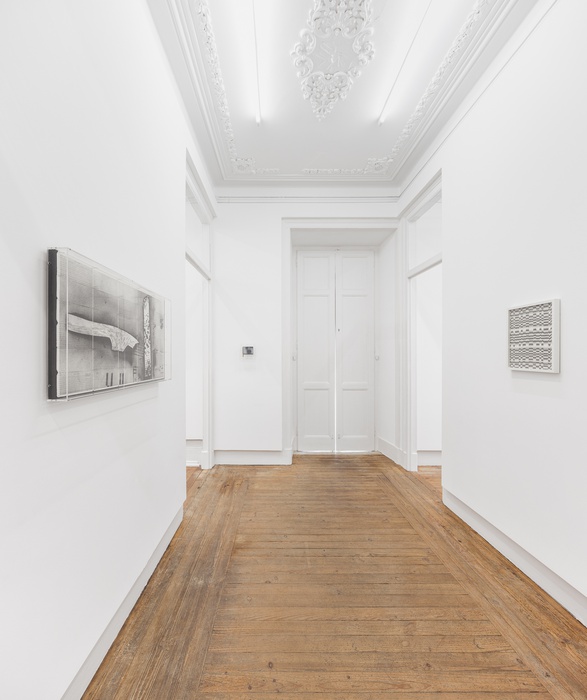
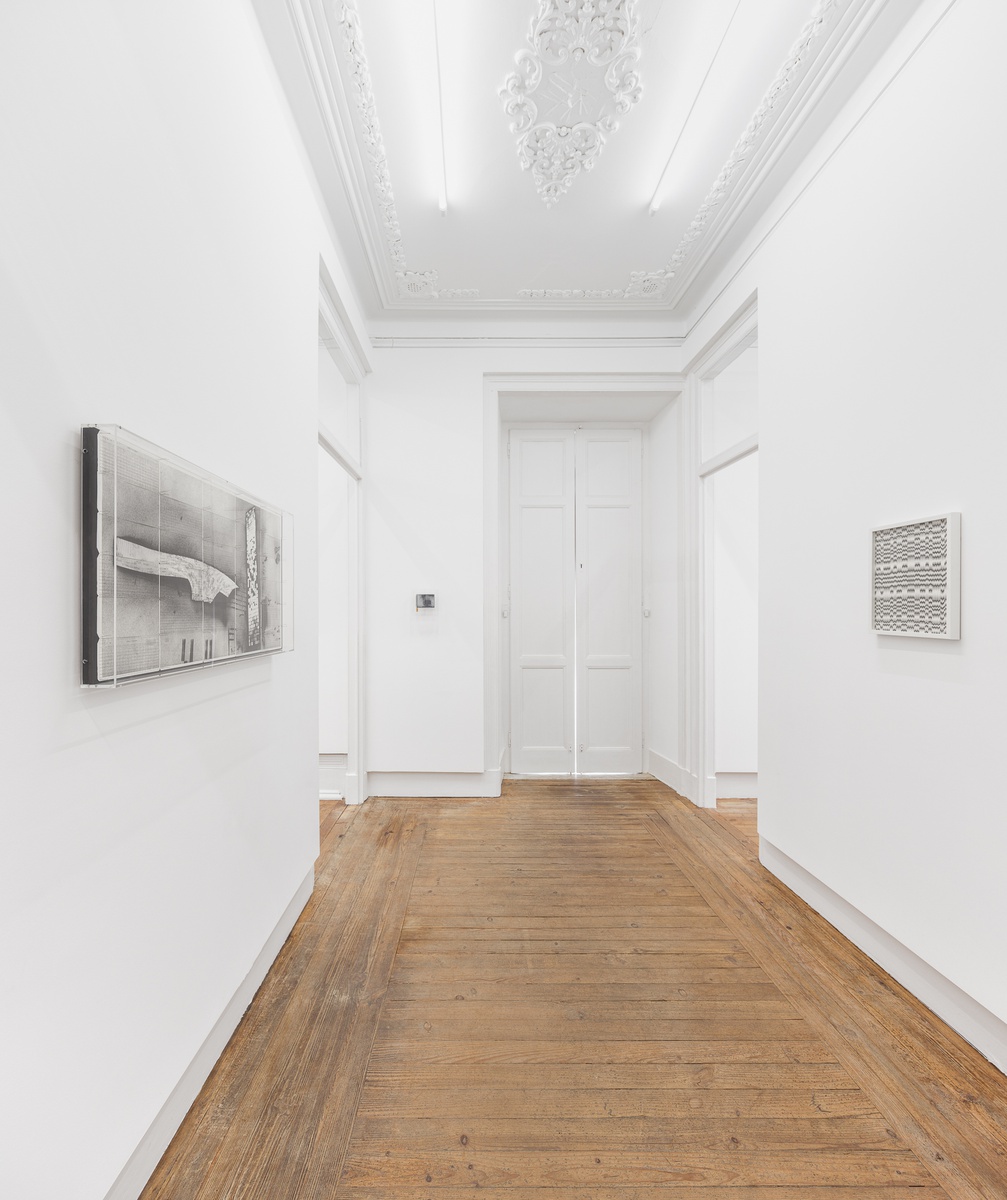
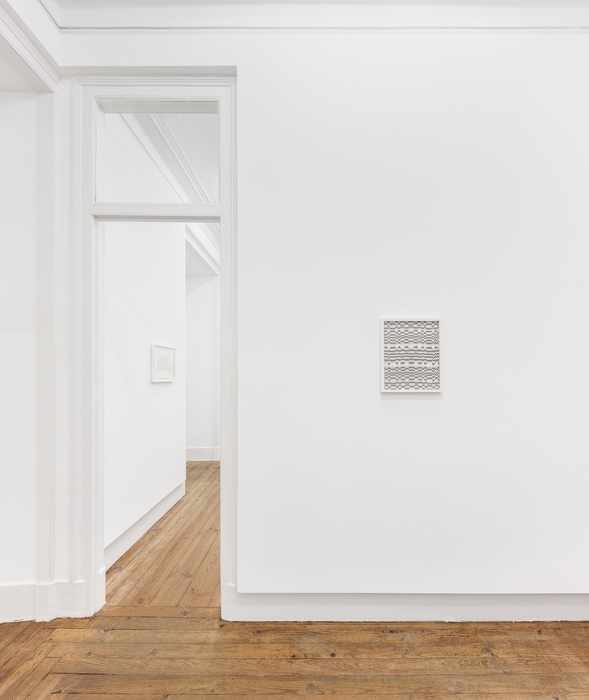
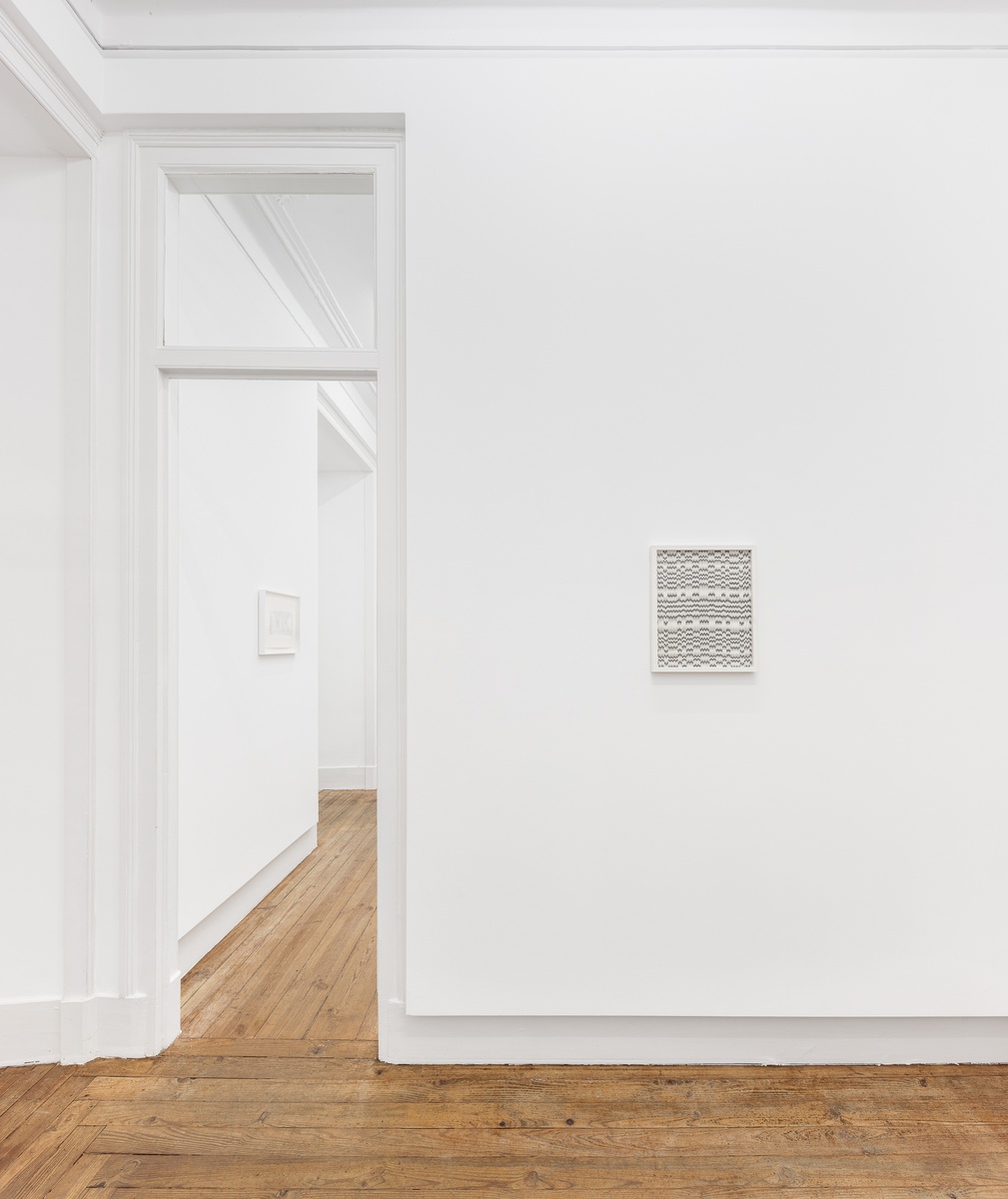
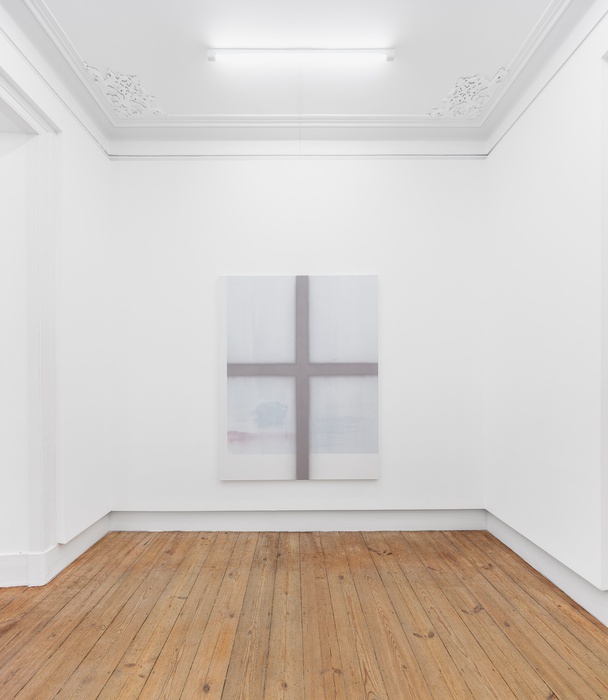
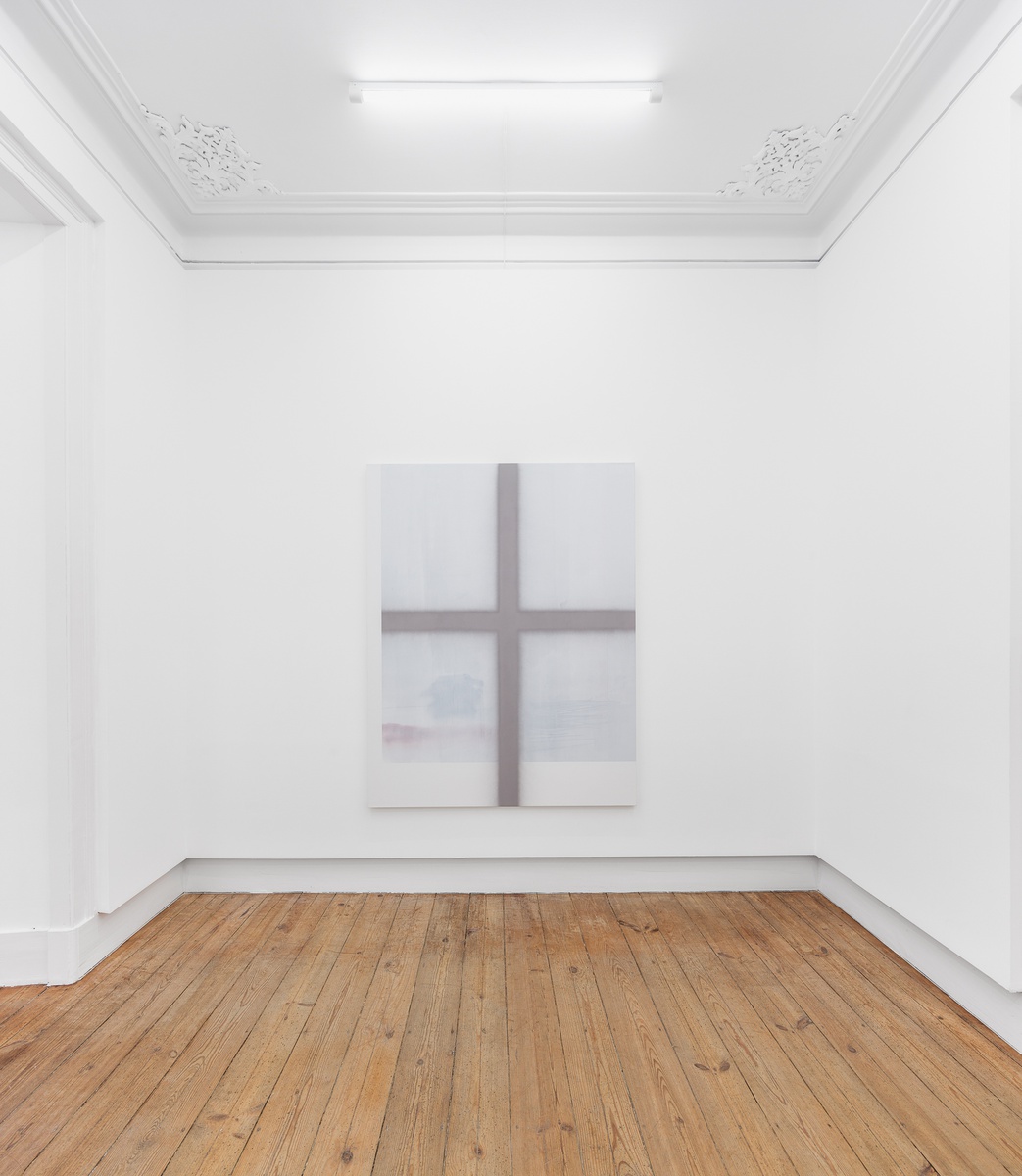
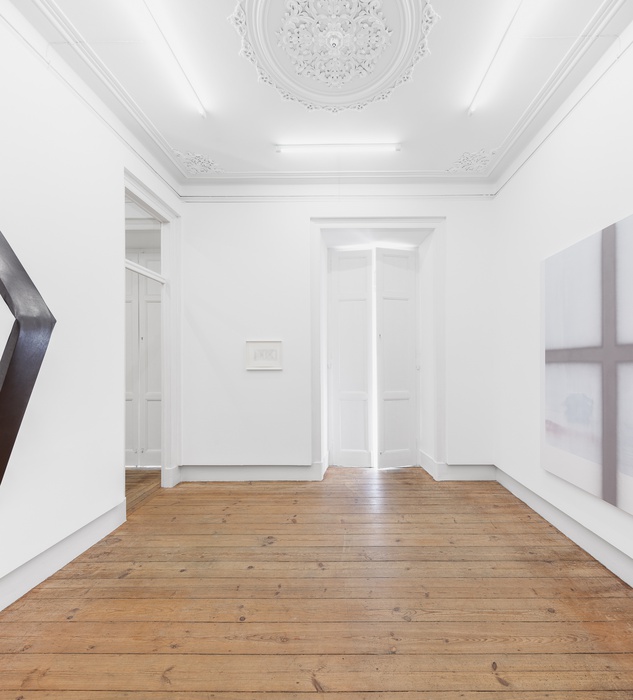
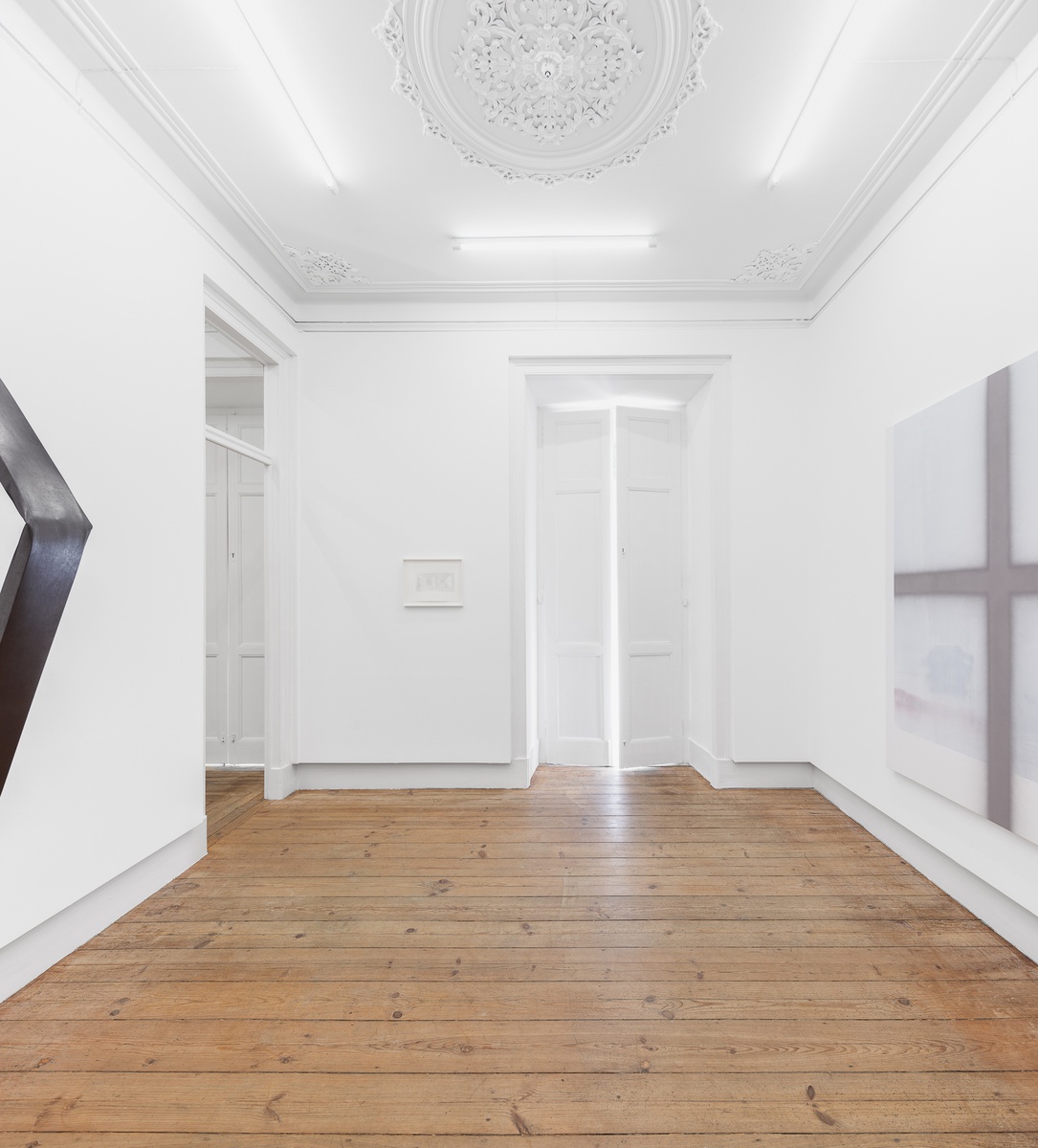
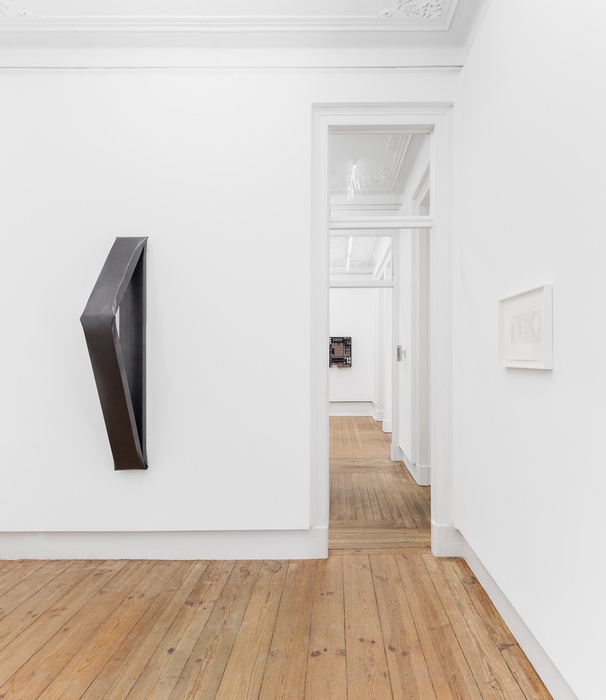
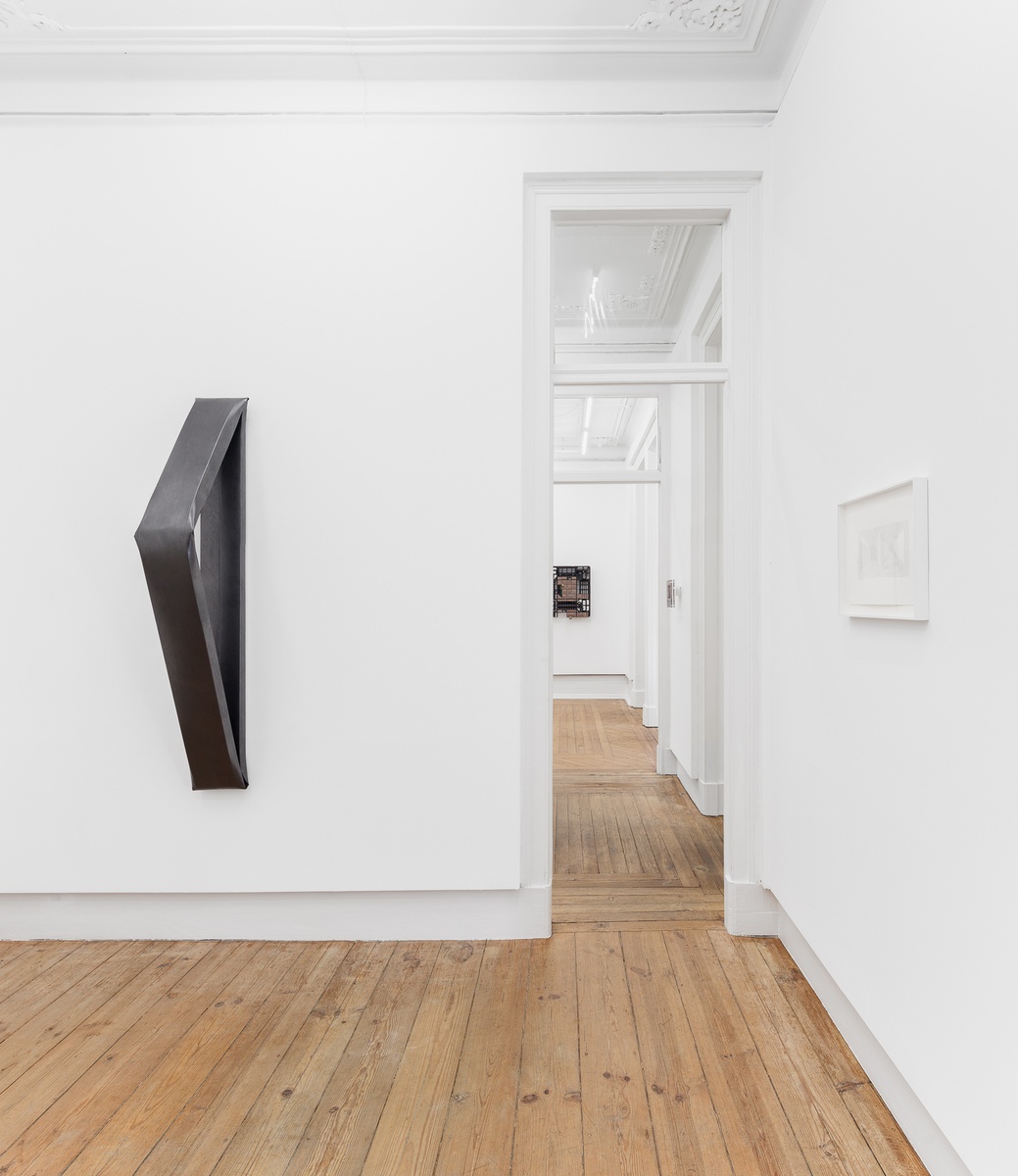
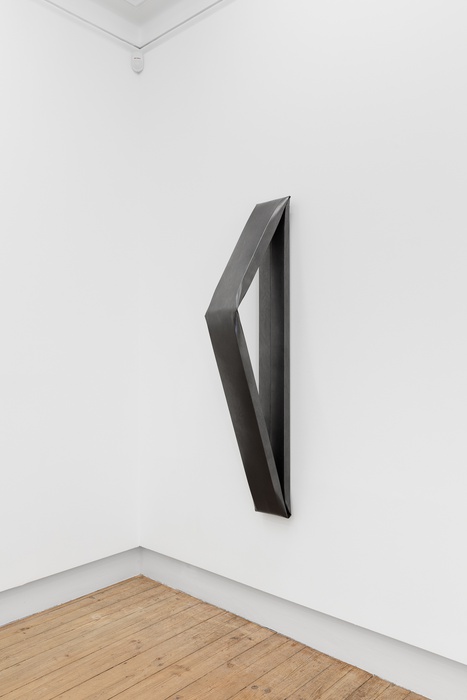
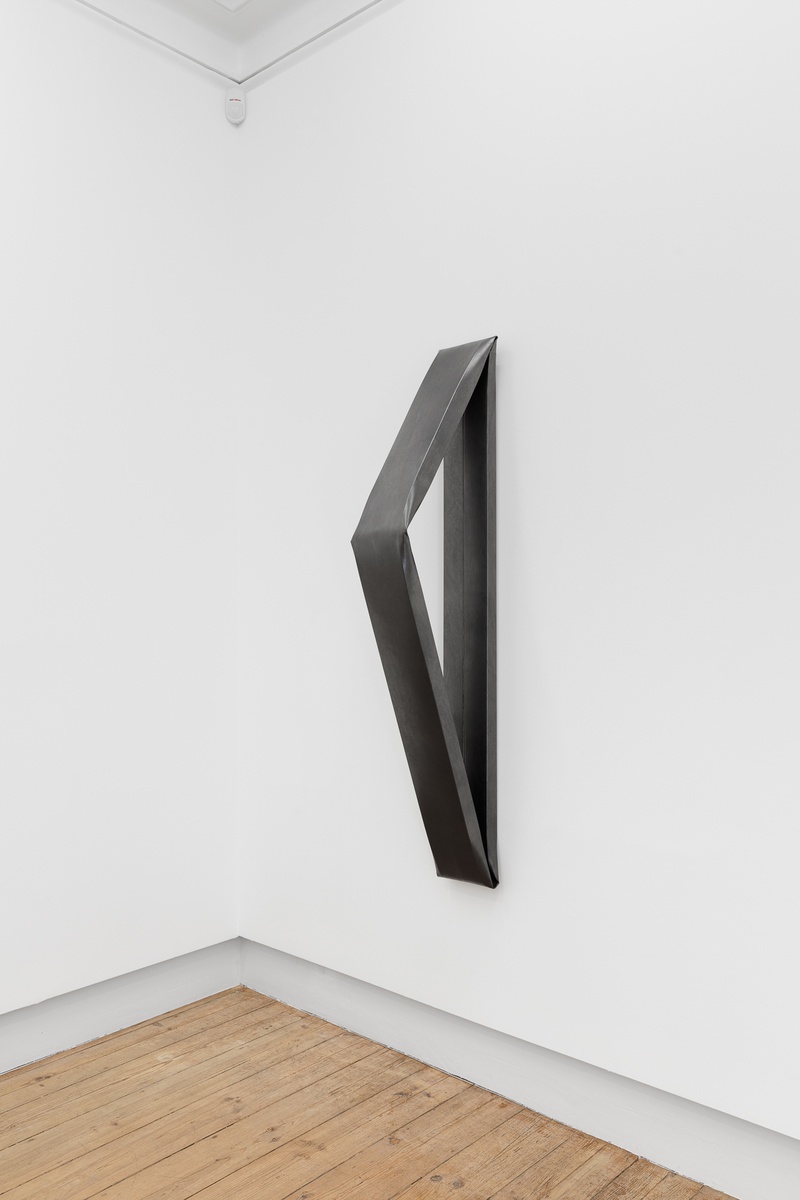
Jahn und Jahn and Encounter are delighted to host ‘High Season’ in their Lisbon gallery, a collaborative summer exhibition with Klemm’s from Berlin.
Through bringing together works from different generations and contexts, this group show will expand possibilities for dialogue and engender joint narratives between galleries, artists and practices. The gallery’s 19th century architectural typology shapes and guides the multifaceted nature of this exhibition; being both disparate and interconnected, through its network of seven exhibition spaces. Extending the space-sharing model initiated by the host galleries from their launch in 2022, this exhibition includes a total of seven recognized artists.
‘High Season’ will include two artists from each of the three galleries program and one guest Portuguese artist. Fundamental to the concept of the exhibition, is a desire to develop new sites for collaboration and enable possibilities for critical exchange. Despite the diversity of practices and ways of seeing represented in ‘High Season’ certain shared themes are present; there are, for instance, ongoing preoccupations with architectural structures, pictorial objects, found materials, psychology and the natural world. Leelee Chan’s (1984, Hong Kong) enigmatic sculptures incorporate urban debris, ancient artifacts, natural materials, industrial and mundane products, generating visual paradoxes in which these objects move seamlessly between past, present and future. In works such as Lucid Formation (Azure) (2022) the artist manipulates and revisions pallets sourced from Hong Kong’s Kwai Tsing Container Terminal. Their geometric structures echo so called ‘Manchuria windows’ decorative stained-glass windows found in traditional Chinese architecture since the late 18th century.
Similarly, Antony Cairns (1980, United Kingdom) photographic assemblages on IBM computer punch cards, occupy an ambiguous temporal position, utilizing repurposed archival materials and outmoded technologies to enable a creative exploration of the history of photographic reproduction and the aesthetics of abstraction. Whilst rooted in stills captured in global cities from London to LA, Tokyo to New York, the works from Cairns ‘CTY’ series are not bound to the specificity of the locations but instead begin to bleed into abstract shapes of light.
A collection of Heinz Butz’s (1925-2022, Germany) minimal pictorial-objects created between 1960-93 will form a key installation, their meditative exploration of composition, space and surface form a strong dialogue with contemporary sculptures and paperworks from Julius Heinemann (1984, Germany) and Diogo Pimentão (1973, Portugal).
Underlying each of Butz’s pieces is a radical reduction of the composition to elementary phenomena of perception. His objects are ambiguous and subversive and have a fetishistic aura that produces a remarkably strong sensuality.
Diogo Pimentão’s experimental graphite works, such as Convergency (2022) also reflect on medium. They sit in an intriguing space between drawing and sculpture and reflect on issues of volume, body and space. By transforming paper and graphite into sculptures that appear composed of iron or steel, Pimentão not only demonstrates the expansive potential of drawing-based media but opens wider questions about readability, intrinsic structures and their potential collapse.
Heinemann also interrogates different perceptions of space and time in his paintings and paperworks. The artist utilises specific visual strategies to deconstruct predetermined knowledge structures. His abstract drawings and paintings in ‘High Season’ focus on developing a new vocabulary, one that allows him confront the instability and the flow of nowness and create works caught in a constant state of becoming. Concerned with psychological landscapes, bodily trace and the layering of time, Whitney McVeigh’s (1968, USA) evocative paintings, such as Window (2020), reflect on the human condition and form languages with origins in Eastern and Western philosophy. Over a 30-year period, McVeigh has travelled extensively to carry out her practice and held residencies in Brazil, Mexico, India, China and South Africa, the influences of these formative experiences are channelled into her suggestive marks.
In his intermedial game, alternating between fiction, narration, and documentation, Sven Johne (1976, Germany) approaches wide ranging and highly subjective topics of our time with humor and subversiveness. For this exhibition, he presents Glückliche Orte / Happy Places (2006-2014) an installation of text and images reflecting on the South Pacific island state of Vanuatu and its inhabitants lives.